Why You Should Never Climb Mount Fuji
Even if you know nothing about Japan, I would wager you’ve heard of Mount Fuji (or tentacle porn).
Contrary to what you may assume about a country’s highest mountain, the 12,389 ft / 3,776 m Mount Fuji (富士山), among the three dozen most prominent on Earth, is one of the most accessible peaks in the world (this based on zero research, but I would be surprised to learn it’s not accurate).
I don’t know if I’ve said it here before, but I’ve certainly said it enough to all you asking about hiking in Japan: Based on everything I’ve seen, my best assessment of the country’s take on the outdoors is that (generally) Japanese people like to see nature, but not necessarily to be in nature (outside Hokkaido, Japan’s northern island, the backcountry is practically nonexistent).
What does that mean? It means that no matter where you go in Japan’s mountains, you would be hard-pressed to find yourself far from somewhere to sleep, to shower, or to buy a hot meal. Ropeways and pavement are commonplace in the mountains, and you’d be surprised how many summits are crowded with shops and restaurants filled with visitors sporting strollers, sandals, and high heels – Mount Ibuki in Shiga Prefecture is a great example.
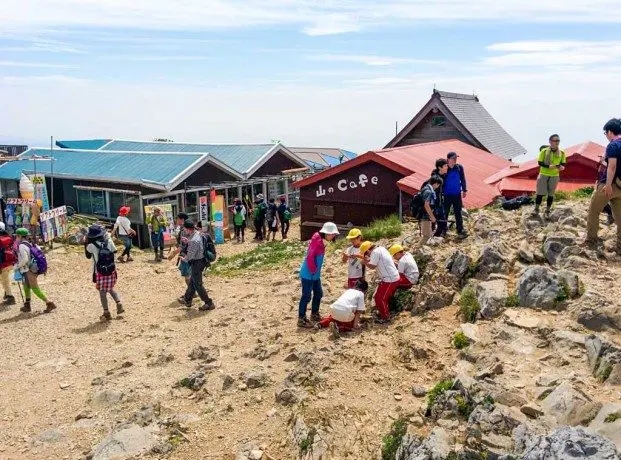
However, Mount Fuji is the centerpiece of this urbanization taking place in Japan’s mountains.
Ten “stations” dot the path up to Fuji’s summit, each with a store selling everything from overpriced food and drink to climbing equipment (including walking sticks, flashlights, and rain gear). You can even buy oxygen canisters for ¥1,500 to deal with the not-so-extreme altitude.
Most visitors to Mount Fuji begin their journey at the “fifth station” at an elevation of 7,562 ft / 2,305 m; this is the highest point accessible by car. The fifth station has an enormous parking lot, convenience stores, restaurants, souvenir shops, bathrooms, firemen, police, lodging, a guidance center, a post office, a shrine, lockers, and even a prefectural management office. It’s literally larger and more developed than some villages I’ve been to.
The official climbing season for Mount Fuji is the beginning of July through the beginning of September. During this time, as many as 320,000 people climb the mountain, with the busiest days seeing upwards of 7,500 hikers; and that’s looking only at statistics for the official climbing season via the four primary routes (National Parks of Japan website – Japanese only).
Seventy-five hundred people? That is enough to fill over twenty-two 787 Dreamliners (an arbitrary, but adequately large-sounding comparison – also, a 787 Dreamliner is a passenger aircraft in case you got left behind there).
Stations seven through ten offer crude accommodation with prices starting at ¥5,250 for a night on cramped tatami floors with approximately six inches of privacy from your neighbor. The eighth station has enough room for 500 people.
In the words of Atsugiri Jason, “Why Japanese people!?“
In addition to sporting the omnipresent uber-commercialism that’s obsessed Japan, Mount Fuji now has eight wi-fi hotspots on the mountain – including one at the summit.
What a glorious way to fuck up an already depressing mountain.
I’m not saying that trying to pass hikers opting for a leisurely meander up the trail as they obliviously chat on the phone about the moments they are apparently experiencing isn’t one of the things we visit mountains to do, but don’t people find themselves “climbing a mountain” to get (at least a little) into nature?
Nature, at least according to Google, is:
the phenomena of the physical world collectively, including plants, animals, the landscape, and other features and products of the earth, as opposed to humans or human creations.
Now I’m not a word scientist (but wouldn’t that be cool if it were a thing and I was?), but I think that by this definition, installing wi-fi on a mountain and giving people more of a reason to be on their cell phones is literally the exact opposite of nature.
But the truth is that a lot of tourists climbing Fuji are just that, tourists (yes, I’m putting it out there, “tourist” is a dirty word). They aren’t there to appreciate the outdoors, peak bag, or “get away from it all”; they’re there to take a photo of themselves, upload it to the social media of their choice, and tell everyone what an awesome time they are having (but that’s a post for another time).
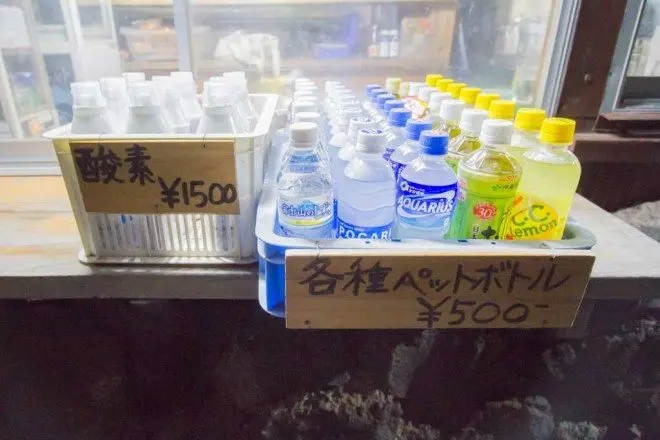
So, what else?
There are three categories of UNESCO World Heritage Site: World Cultural sites, World Natural sites, and mixed sites.
Which would you suppose Mount Fuji falls into?
If you guessed “natural sites”, then congratulations! You’re wrong! Mount Fuji is listed as a cultural site, and its status as such is conditional.
All the development that’s taken place on Fuji has left areas looking more like landfills than protected spaces. At lower elevations on the mountain, people literally dump whatever they want (I’m talking vehicles and fridges level). The garbage left behind by tourists (and locals) is a huge issue, and the amount of garbage on the mountain has passed the level of “we should really do something about this”.
In early 2016 UNESCO stated that if a (hopefully convincing and realistic) plan outlining specific measures to preserve the mountain is not put forth, then Mount Fuji will lose its status as a World Heritage Site.
Japan initially sought a World Natural Heritage site classification, but when they realized that the garbage and pollution problems facing the mountain were already out of hand they basically said, “Meh, might as try our luck at that other category.”
However, those drinking the Japanese punch will tell you that the distinction as a cultural site is due to the mountain not constituting any particular ecological or geological significance – and definitely has nothing to do with all that poop and garbage.
Wait, poop?
Yes, poop. It turns out that when you have hundreds of thousands of people climbing up a mountain during such a short window every year, litter isn’t the only waste problem you have to contend with – human waste all has to go somewhere too.
Until 2005 all the “toilets” on the mountain simply let their waste run down the mountain in what because known as the “white river” (a horrid and disgusting stew of toilet paper, piss, and shit).
In recent years, particularly with the push to get Fuji listed as a World Heritage Site, efforts have been made to get the poop problem under control.
Unfortunately, this does not mean you will be free from offensive odors on your way up to the summit.
Mount Fuji – what was undoubtedly one of the great climbs of Japan has been transformed into an epic failure of a tourist attraction.
If you are coming to Japan and have a limited number of days in the country (hell, even if you’re coming to live here), then I implore you, please think twice before making the trip to Fuji-san (aka please, don’t do yourself the disservice of choosing this to be the mountain you visit).
If you’re looking to do some real hiking up mountains worthy of your time (and not polluted with garbage, tourists, and toilet water), then you have plenty of options.
Being an island born of volcanos, Japan has much in the way of scalable peaks. The most epic belongs to the Kita Alps (北アルプス). For a detailed report of the trek up many a Japanese mountain, check out my Japan Hikes page. Kita-dake (北岳), Japan’s second-highest peak, isn’t far from Fuji, and although I haven’t made it up there yet, I can guarantee it will be supremely more rewarding than a slug up Fuji-san.
Have you climbed Mount Fuji? Are you thinking about making the mistake? Still not convinced? Leave a comment and let me know!
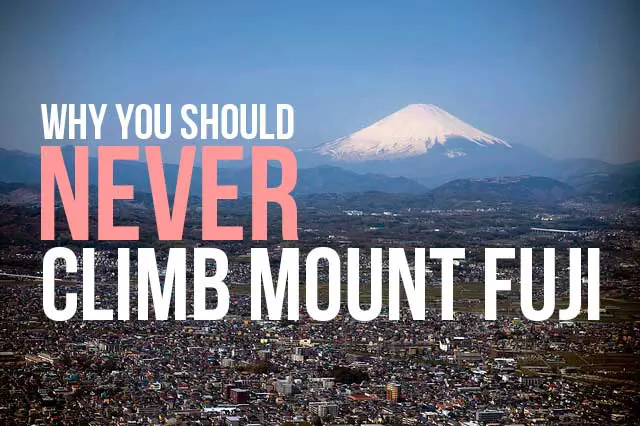

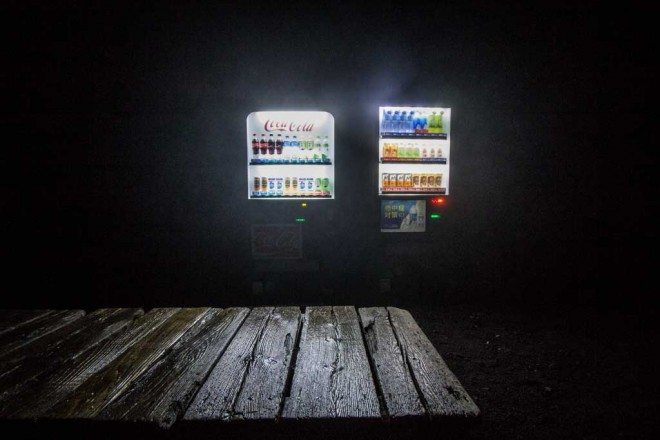

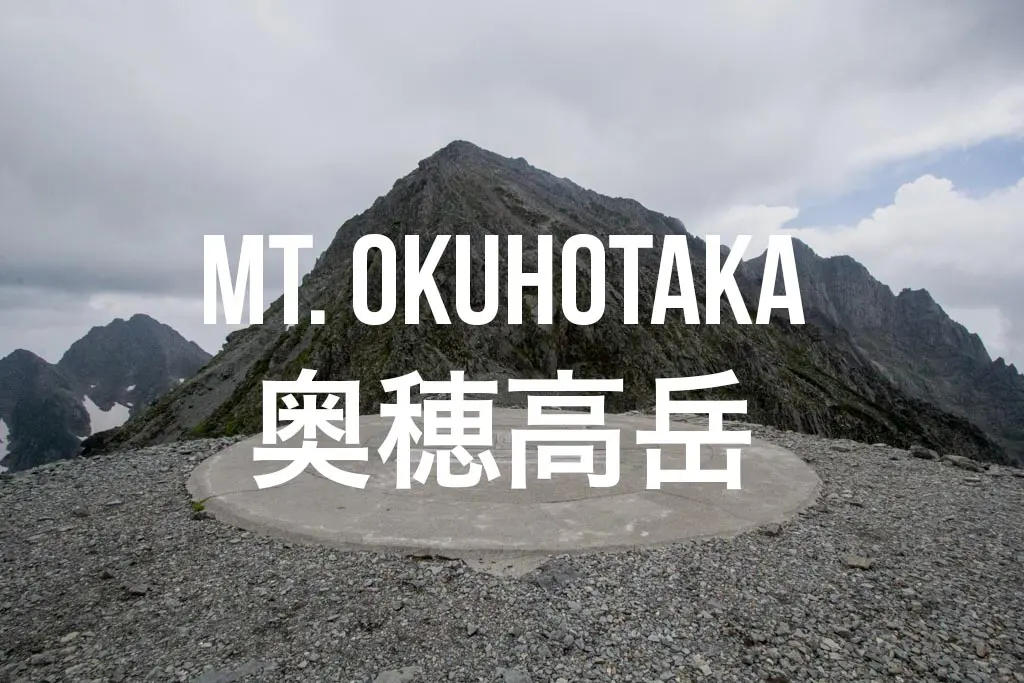
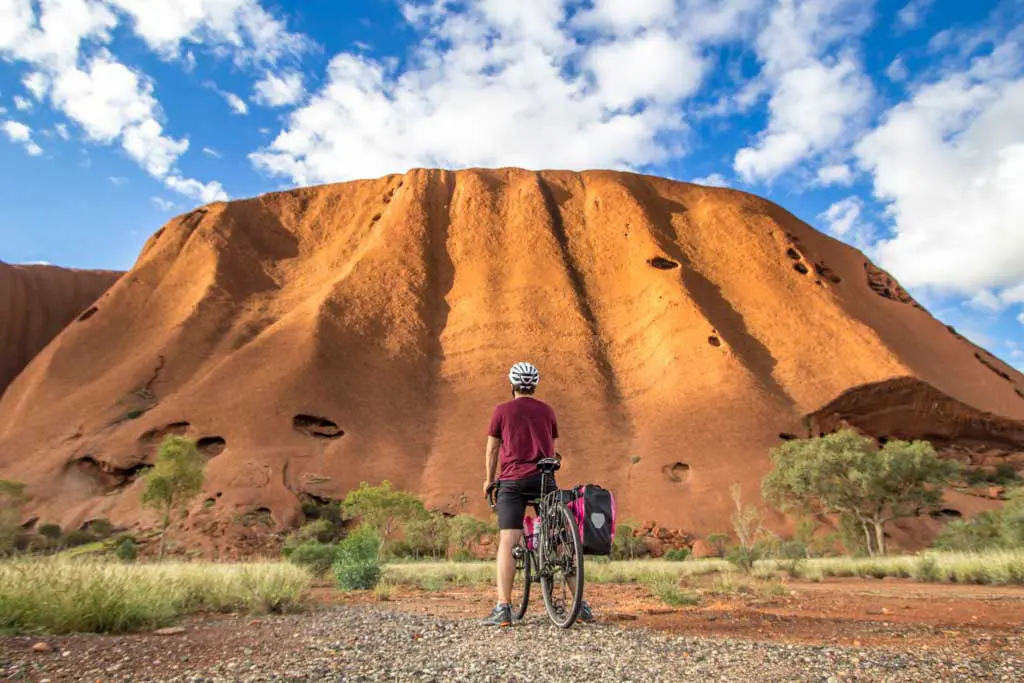


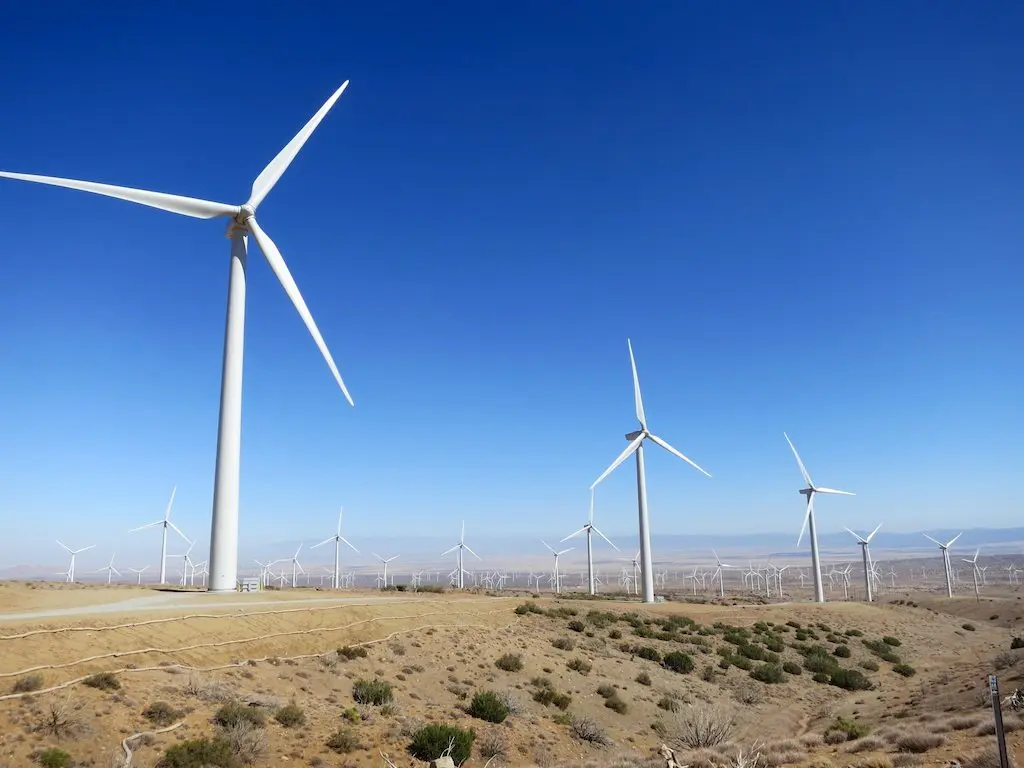
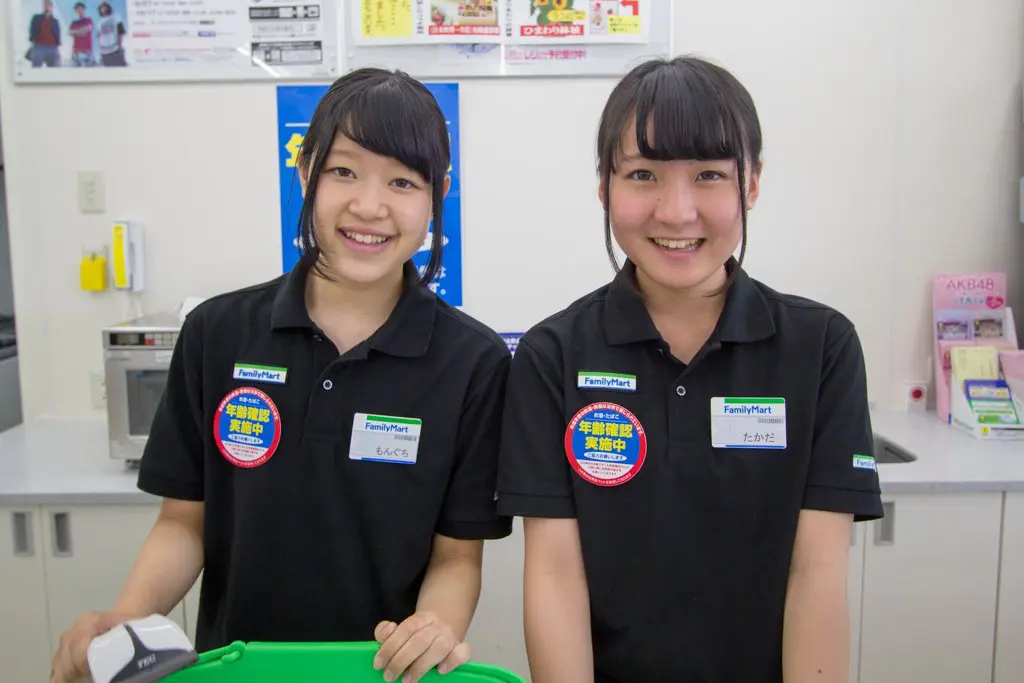
thank you for making this article very useful and keep up the good work
Hey,
I actually think what you do is cool but find this post really hypocritical and shallow. I am a photographer, hiker and graduate of environmental studies. Knowing there are people above ‘other tourists’ as you put it, like yourself who are judging me for taking my camera out cause I’m in their way of connecting with nature makes me feel really uncomfortable and makes you sound really…
When it comes to human pollution in general. You my friend, flying around the world to walk, really need to realise that you are far bigger part of this problem than most people. So slagging someone off for taking a shit outdoor which is the most natural thing ever even tho it might not smell pleasant to your majesty, seems really off given what the rest of your footprint on this planet might be.
Two questions for you.
First, are you familiar with an ad hominem argument? If not, I’d suggest looking it up.
Second, have you seen this? https://edition.cnn.com/travel/mount-fuji-overtourism-intl-hnk/index.html
Eager to hear your response.
Just the same thing prevails on the peak of Mount Snowdon in Wales. Swarms of fat loud townies with thier smartphones get to the top by a small train if they’re too unfit to walk. There’s a cafe at the top and the twin stinks of excrement and diesel fumes. It’s a disgrace and has robbed the highest mountain in Wales of all of its mystique.
It’s all about the second-highest mountains anyway.
I have climbed to the summit 54 times over the past 15 years. The Yamanashi side is hugely commercialized but it’s not as bad as people say. I personally don’t see much litter and the toilets are a lot better than they used to be.
I think Fuji is great. I just hope people will treat Fuji kindly.
Have you done Kitadake? I think the view of Fuji from there is better than the view from the top of Fuji.
I hiked up the “wrong side” from Gotemba on a whim in 1994 and I found it to be a much different experience. If you’re crazy enough to hike from the train station at dusk through the woods and then up the side without trails, then you get the benefits of no company but the wind and the sandy ground beneath your shoes. Not for the faint of heart but a much more satisfying accomplishment than going the tourist route.
An idea for next time!
I actually liked this article, just because I appreciated you pointing out the environmental toll that excessive tourism can take on any natural area. however, your weird defensive responses to all the comments is sketchy.
I just wonder who all these people are commenting on this is all.
I just thinked, what about climbing the mount fuji? And this great review comes up. Love it, fuck instagram tourism.
Wait – so you did or you didn’t climb it?
Yes I did- in 2001:)
I would say exercise those leg muscles before going- I did it and my legs didn’t stop shaking for a while after I got to the ground!
Climb it out of season
Dangerous winter hiking is best hiking.
Tbh I hate hiking yet my mother forces me to go, despite her elder age she is incredibly athletic and she wanted to climb Mount Fuji but then the pandemic hit and we are stuck at home.
Good for your mother! Mount Fuji is probably a good option for the incredibly athletic elderly of the world.
I often visit japan to see my grandson, Ross, now as a lady at 83 I would never dare climb to such high heights yet my grandson is persistent that we should climb the volcano, at this point I might push him in the volcano
Mary you are an incredible woman
Alright so i’m Earl, and my wife (of 37 years) Jamie, yeah Jamie she’s thinking of taking us to Japan when this bloody Virus has hit the hay. Now as an elderly person of the community I think it would be quite hard to climb up a volcano like this. I have horrible knees but Jamie is just the most fit woman ever. Now to the point after reading this article I just can’t believe the kind of pollution up there, I mean it’s just ridicules. I never thought at any stage of coming across this article that a person of no real significance to the world would affect me as much as you have.
wow i am just.. so touched by your story. it made me realise just how special elderly people are. you know what earl, i am making a petition to put stair lifts on the mountain. i think it is just so important that everybody gets to experience this place. tell jamie i say hi, we should catch up at the local fish and chippery after our bingo session.
I am so clad that you appeal to my comment, Jamie is thrilled that you have given her a shout, tell you what i’ll buy some fishing lines and we can catch our own barramundi. Make sure you get the bear mate
They should make it more assessable for elder people, my mother wants to go with us but she wont be able to due to her knee’s.
youre my hero mac
omg mac! over here
you forgot the apostrophe there son. ‘
You are my spirit animal
I just climbed Mt Fuji yesterday (July 2021) and I have climbed many other taller more remote mountains before. It was definitely a more cultural experience than a nature experience. I enjoyed seeing the pilgrims dressed in traditional clothes blowing horns and chanting. The people climbing were very kind, and Japanese climbing huts are something to experience if you are avid hiker. It was not busy this year which probably help with not being annoyed also.
Sounds exactly how I remember it.
I climbed Fuji-san in 2013 and really loved it although I can see some of what you mean about it being overrun. I didn’t mind the conveniences too much however considering I was (unbeknownst to me) at the onset of a severe physical disability and I ended up using the vending machines and commercialization quite a bit. It’s a bit overstimulating, I mean you go to nature to escape but then end up in the fourth industrial revolution.
However, my gripe with this article is that you imply Fuji-san has zero cultural significance, that it was only recognized by UNESCO because “commercialization”, and then you follow that with incredibly ignorant declarations on Japanese people and their relationship with Fuji-san. While the mountain has indeed been heavily commercialized to the point of ruin, the true tragedy is not in crunchy-granola tourist disappointment, but in the fact that, objectively, Mount Fuji is THE most sacred mountain in all of Japan. In fact it’s one of the most revered mountains in the entire world. There are thousands of works of literature written about this mountain, it’s one of the most prolific natural literary and artistic subjects. Entire religions have been based on reverence for this mountain. Japanese culture is kind of inextricable from Fuji-San. To imply that it’s a joke that Japan works so hard to make it a heritage site is disingenuous and a testament to how little you actually know about what’s happened to it and why it became so popular in the first place. It’s the Mecca of East Asia. No shit it’s popular. Its lack of maintenance has more to do with slimy tourists not understanding its context than it does with whether or not Japan cares about it. A little like our dear author here who interestingly enough was bummed about its popularity but clearly only went because it was popular. The irony is astounding. If everyday it takes on thousands of farting, sniveling, littering tourists who are only there for the novelty, how much actual maintenance can really get done? Then you’d complain about it being closed or for having areas under construction. It must not matter to you that local communities, some of which are indigenous, rely on Fuji-san’s economy while also being severely impacted by its commodification. All that matters to you is that you didn’t get your “untouched nature” blog post. Fuji-San is rich with cultural history, THAT’S why it’s a cultural heritage site. It’s more of a cultural emblem than a “natural” one. All this conjecture rooted in your petty disappointment is pretty appalling and borderline racially insensitive. You should really reflect on why you felt the need to state an uninformed opinion so brazenly loaded with insensitive remarks on a culture you have absolutely no knowledge of and no respect for. It’s sad that Fuji has been hurt by pollution but leave it to a white tourist to make it all about their personal, minor inconvenience instead of what really matters – restoring and respecting one of the most valuable places on Earth.
this was a very insightful comment, thank you! Both for bringing up the racial and cultural insensitivity and for the info about Mt. Fuji. I don’t know much about Fuji-san but now I want to learn more about it.
Thank u so much!!!! So interesting and important thank u
So you’re basically mad that the hike is really popular with other people and that accommodations have been to make it easier for people that aren’t really young, strong, healthy, and/or experienced hikers? The crudity and tone of this piece alone is off-putting. You even admit to saying things without having done basic research beforehand. Did you even climb the mountain yourself? You don’t clarify this. I’ll take the thousands of other stories I have heard about it being a great experience over this one.
Hope you have a good time!
FYI, “word scientist” is a real thing. The technical term is a Linguist.
Yours sincerely,
A Linguist
What kinds of experiments do you do?
Eliciting sarcasm, I guess…
Well, is astronomy a science? Or paleontology? Both are mostly about collecting and interpreting data. Some linguistics is like that. Ask the OED crowd. (and yeah, sure, there’s a lot of quackery, and some applied commercial stuff Google are doing)
Another Linguist.
You Linguists are probably a lot of fun at parties.
Nerdy.
Have you had real scientists test you for what makes you so incredibly witty?
I climb Mt. Fuji in 1959 from the very bottom. It was an enjoyable experience. Looking at the current pictures and reading of the current conditions sadden me greatly.
I climbed it again from the ocean. Lots of road walking.
One issue the author did not mention, is the fact that there is more than one summit trail to climb Mt. Fuji on. The Author used the most popular and over-crowded Yoshida Route which is by far the most clogged route on Mt. Fuji. All the real, local Mt. Fuji hIkers recognize this and avoid this route and use the less crowed Fujinomiya or Gotemba route to explore the Hoei Crater and Kengamine Peak which are extremely beautiful and well worth doing with 1/5 the crowds.
Interesting! I climbed Mt Fuji in 1978 and 1979. I see things have changed in the last 40 years, but leave it up to the Japanese ( Wonderful People BTW ) to add conveniences on the Mountain. I enjoyed both my climbs, there were stopping areas along the way back then, but no vending machines.
Vending machines – we are living in the future.
I climbed twice using the Subashiri trail on-season, and I experienced zero of the problems you mention. Seems like they are issues of the busiest trail, Yoshida. Subashiri is also more of a challenge starting at 1800m.
“They aren’t there to appreciate the outdoors, peak bag, or “get away from it all”; they’re there to take a photo of themselves, upload it to the social media of their choice, and tell everyone what an awesome time they are having …” Then at the bottom of this page, I see you in a selfie on some mountain that you posted showing everyone what an awesome time you are having! Hmmmm… Yeah, such stupid people!
Cool story, jeff.
Wise words from an ex-boss:
Mount Fuji is to be looked at, not climbed.
Thank you for sharing this. Interesting to read.
Thank you for commenting on this.
Yup. Totally disappointing. Let’s ignore the crowds, queuing to pass at bottle necks & the occasional horrendous stink (that you pay for too) plus, the ‘tinned oxygen’.
I cannot understand what the big deal about watching the sunrise is. It just comes up & that’s it – it’s not an “awesome experience”. Visibility was good when I was there & yes, you can see for miles. Perhaps it was my mindset; I didn’t want to climb it particularly, but I had a guest staying with me & it was apparently on their bucket list. If you are a tourist, just take the coach trip around the nearby lakes and enjoy the views of the mountain – it can be very pretty. I am in total agreement, there are far better mountains to climb…
I love climbing Mt. Fuji. I do it every summer with children as young as 6 years old. Of course, we go at a much slower pace and I don’t allow them to bring cell phones. The teachers have phones in case of emergencies of course. There are years that it’s overly cloudy or rainy and so the views are not as good. However, the overall experience is amazing. And, if you plan your trip well (i.e. Don’t climb on weekends), it’s not overly crowded or miserable. The only bad smell on the mountain is at the Porta Potties at the 6th station. Otherwise, you can enjoy breathtaking views and a good workout. If you don’t like being around a lot of people or want less development, there are other trails, some more challenging than the main one that have limited huts and stations. I like that Fuji offers a variety to all kinds of hikers. Mt. Fuji is a good climb and I do recommend it, even if only once.
I also hiked up Mt Fuji in September after the official hiking season had ended and all the vending machines were taken down for the winter. We only met 4 other hikers the whole day. We stayed overnight at 5th station and got up crazy early (like around midnight) to hike in the dark to be at the summit for sunrise. We made it to the top before the sun came out, but it was cloudy, so no nice sunrise and no view. Just a lot of grey ashes. Also hiking down there was only grey dust in all directions for the first few hours so at least we didn’t miss anything by hiking up in the darkness. We were back at 5th station early afternoon and the whole thing had been rather disapointing. It is so much nicer to hike in the areas around Fuji where you have stunning views to this beautifully shaped volcano than to climb above the clouds and have no view at anything at all.
Well, I’m set to climb it tomorrow so this was some cold water. Anyway, climbed Yotei-san in 2013 and there was no one.
Mmmm, cold water.
if the experience was that bad, and if your willing was that desperate, why don’t you try to find a way to help improve the system, other than asking ppl just not going there? all your points in your beautiful writing are not the reasons ‘should never climb there’ but the reasons for them to have better system than now. asking ppl not to go there is nothing but revengeful mind unless your willing was so.
But what if I AM already doing something to improve the system by dissuading people from going to Mount Fuji and thereby lessening the human impact on it? Eh?
But what if I AM already doing something to improve the system by dissuading people from going to Mount Fuji and thereby lessening the human impact on it? Eh?
Yes! Thank you! That’s why after hiking in Japanese Alps I decided not to hike Mt. Fuji after all, spare myself from being annoyed and disappointed and just admire the mountain from afar. Unfortunately popular places in Japan attract so many serial “selfie-takers” oblivious to beautiful nature around them, I found it impossible to get some peace and quiet and connect to nature there myself.
Thank you for documenting your adventures, there’s not much info on hiking in Japan, and I see so many amazing places yet unexplored by me!
Hopefully, I’ll have a lot more info to share after my hike this summer!
https://www.halfwayanywhere.com/trails/japan-alps-traverse/japanese-alps-thru-hike/
The writer sounds like he’s destined for the forest below.
Right? Fuck that guy.
I went to Japan and saw Mount Fuji and climbed it and I saw that the hole is covered with snow so I know that it was extinct it took 5 days for me to climb it
Great story.
Lol
Just wait till Fuji erupts and cleanses itself.
I just made it home to Hawaii and Fuji summit was my highlight. I am a life long member of backpacking and “nature” community, a peak bagger and thru hiker. I would recommend this mountain peak to anyone going for its unique qualities and cultural experience. It was an opportunity of a lifetime I conquered and it was an amazing and formidable host for the challenge. Arigato gozaimosu!
-Nocello, king of hillbilly jazz
Happy to hear you enjoyed your trip!
While the feeling of this article is offensive… I do see truth in many of the points… it made me sad to see a giant amusement park plastered against the base of the mountain.
Basically, Instagram vs reality
I’ve climbed Mount Fuji myself and I would say it’s something fun to do to check off your bucket list. If you climb Fuji bring a lot of food and water so you don’t need to buy any. Also it’s best to buy a walking stick they sell in the gift shop best to get it in the beginning. It’s also something really cool to have as a souvenir from your trip afterwards. The bathrooms are gross and you need to pay to use it ¥200 = $2.00 I would recommend to bring hand sanitizer because there’s no sink. I learned the hard way. Also the place where you can sleep on the mountain is so expensive and not worth a penny. Just camp out somewhere with a tent. I mean your climbing Fuji why not enjoy the nature and the moment?! The people on the mountain are so sweet. Everyone you see greets you mostly people say hello in Japanese it’s fun to greet everyone back with a sweet hello back.
https://uploads.disquscdn.com/images/9bc725faf34a7afa177f9b36b527507de23467de9501821633b504edd30b288d.jpg
I’ve climbed Fuji in September when it was officially closed for “official” climbing. When asking around locals, everyone tell us it is very dangerous to climb when it is closed!!! But we did it anyway with clothes, water and that daily walking shoes. It was peaceful trip, without waiting for the trail of people to move. But we also almost lost our way with signboards covered up (maybe for renovation). I wasn’t well-prepared too as I have not hike for some time, and we did not rest half-way too, and my camera failed on the peak too. LOL… Photo attached to show the few foreigners we met on the top..
Climbing out of season is definitely a good call (but you’re right don’t ask the locals about what they think of your incredibly reckless behavior).
No backcountry outside Hokkaido…have you been to the northern Alps?
I’ve hiked extensively in the Northern Alps – huts and hotels are everywhere. Other than that, the Northern Alps are incredible.
If all of this bothers you, then climb the mountain out of season.
It’s on the list.
Interesting read.
Interesting comment.
i just came out here to have a good time and i’m honestly feeling so attacked right now
Thank you for your honesty.
I think I will go either way, just for the view and my selfie in the social media of my choice.
More power to you, friend!
I make a trip to climb Fuji once a year with an old friend of mine and personally it is one of the nicest and most pleasant places to be in the entire world! Perhaps this is only because it is such an important place to me but I would recommend the climb to anyone. It really requires no experience and people who you will meet on the trek are always friendly and offer water and things like that. Anyway I just want people to know that Mount Fuji is a truly beautiful place and it is definitely a place to try and explore for yourself.
You will never know how feel about the Mountain without going out there and exploring things for yourself. Enjoy every minute!
With all that Fuji climbing experience, I would definitely recommend that you consider doing one of the other climbs in the area. Mount Kita (北岳), the second tallest peak in Japan, isn’t too far away.
That’s a pretty apt description! My recommendation for anyone still wanting make it a check off the the old bucket list, venture off the well graded trail and just B-line it to the top. You’ll do a little bushwacking and a bit of scrambling. But I didn’t see a soul during my entire ascent. Now is this off trail adventure sanctioned by the local authorities? Probably not.
Always turning the mundane into an adventure. That’s why I like you, Mr. Chattle.
i just think you are being ignorant
Yeah, well, that’s just, like, your opinion, man.